In an active demonstration, as shown in this YouTube video of the demo, pneumatic and electric actuators from Festo handle and pierce battery cells. This new demonstration showcases the company’s motion automation innovations in battery and electric vehicle assembly.

In battery production applications, high speeds and throughput are required, as are reliability and repeatability. In the production of lithium-ion batteries, the production environment plays a decisive role. Low humidity and the lowest possible contamination by interfering particles during the production process have a major influence on the quality and safety of the manufactured battery cell.
Gas is formed in the battery cell during production and must be extracted from the welded battery cells without losing electrolytes. To do this, pneumatic cylinders move the hollow lances that pierce the battery cells in the degassing chamber and evacuate the gas until the first electrolyte is also sucked in. The system then switches and blows the electrolyte back into the battery cell. The remaining gas is then removed. After the suction process, the cells are sealed again, typically done by thermal or ultrasonic welding.
At the center of a degassing demonstration is the process chamber. A cantilever handling system based on Festo’s spindle axes ELGT ensures dynamic and safe loading and unloading of the process chambers. The compact and cost-effective spindle axes ELGT, with integrated double guide, is suitable for creating 2D and 3D cantilever systems. As a 3D delivery system, for example, it packs up to 20 kg at speeds of up to 0.5 m/s. With a copper and zinc content of less than one percent, the axis is perfect for use in assembly systems in battery production or in small parts handling.
During the degassing process, the process chamber is evacuated using VZQA process valves. The VZQA’s open architecture makes these valves durable, energy-efficient, easy to maintain, and flexible. They are a suitable alternative to conventional valves such as diaphragm valves or ball valves. The pressure switch SPAN-B from Festo monitors the pressure in the process chamber.
Seamless communication
The remote IO system CPX-AP-I integrates all I/O and IO-Link devices such as sensors and valve terminals into the communication network of the plant, creating seamless communication from the workpiece to the cloud. Another feature of the handling systems for battery cells is based on bionics: the FinRay gripper from Festo offers gripper fingers that adapt to the workpiece. The FinRay allows safe and tactile gripping of workpieces with plastic malleability such as pouch cells.
Quality and safety for battery cell production
It is important for automation components in secondary battery production to have the correct properties. Depending on the electrolyte and electrode material, copper, zinc and nickel can be interfering particles in the production of lithium-ion secondary batteries. So Festo has restricted copper, zinc and nickel for its products. All Festo products for battery cell production have clean room certificates and are suitable for use in dry rooms.
Visit the electric mobility landing page for additional information and the company’s website, www.festo.com, for the full range of Festo automation solutions.

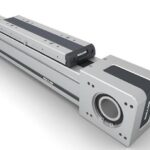
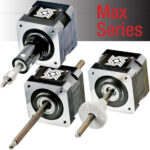
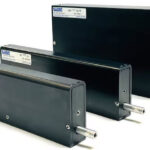
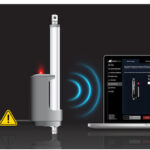
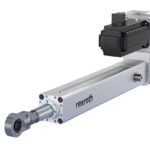

Leave a Reply
You must be logged in to post a comment.